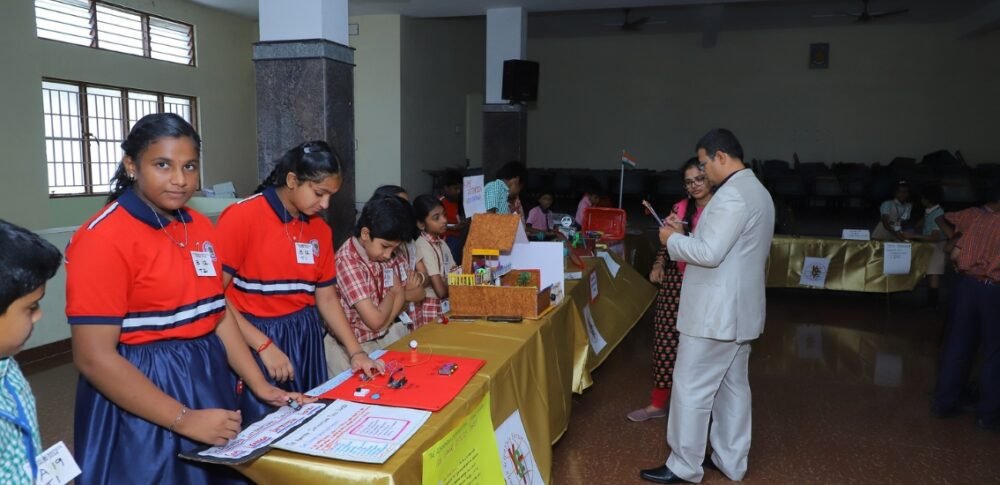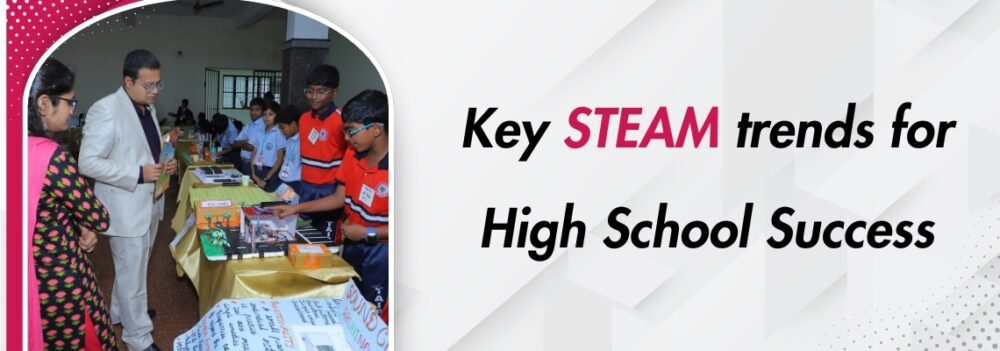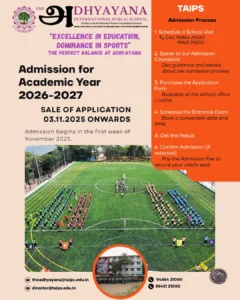STEAM trends in high school are shaping the future of education by blending science, technology, engineering, arts, and math in ways that feel relevant and exciting to students. As schools move away from one-size-fits-all lessons, these trends emphasize hands-on work, teamwork, and real-world problem solving. Below, we explore key shifts that every high schooler—and educator—should know about.
Project-Based Learning Takes Center Stage
Project-based learning lets students dive deep into a problem and create solutions over weeks or months. Instead of memorizing facts for a test, students might design a solar-powered car, plan a community art installation that highlights environmental issues, or build a simple app to address a classroom need. This approach helps learners see how STEAM subjects connect and gives them the chance to practice planning, research, and presentation skills. Teachers guide rather than lecture, and students learn to manage time, resources, and setbacks—skills they’ll use long after graduation.
Integrating Technology in Every Class

Gone are the days when computer class was the only time students touched technology. Now, tablets, coding platforms, 3D printers, and virtual reality headsets are woven into science labs, art rooms, and math lessons alike. For example, biology classes may use virtual reality to explore the human body in 3D, while art students might learn digital illustration alongside sketching. Simple coding tools let students create interactive stories or analyze data in a science fair project. By using these tools daily, students gain confidence and digital skills that reflect the tech-driven world beyond school walls.
Emphasis on Collaboration and Communication
STEAM isn’t just about individual projects; it often involves teamwork. Group work teaches students to share ideas, assign tasks, and resolve differences. In a typical collaborative STEAM project, one student sketches the design, another writes the code, and a third builds a prototype. All must explain their work to peers or community members. This focus on clear communication helps students break down complex ideas into simple terms—an essential skill whether they’re pitching a startup or writing a lab report in college.
Strengthening Art’s Role in Innovation
“Arts” in STEAM brings creativity to the table, ensuring that solutions aren’t just functional but also user-friendly and attractive. Graphic design, storytelling, and even theater can play a part in technical projects. For instance, students working on a water-purification device might draft user manuals with clear illustrations or create a short film to explain the science behind it. These art practices help learners think about how people will engage with their creations and why good design matters.
Focus on Sustainability and Social Impact
Many STEAM projects now address real-world challenges like climate change, waste reduction, or community health. High schoolers might prototype recycled-material furniture, test small-scale wind turbines, or develop easy-to-follow health guides for local neighborhoods. By tackling issues that matter in their own communities, students see the point of their work and feel motivated to learn both the science and social studies behind it. This sense of purpose can spark lifelong interest in STEAM fields.
Blending In-School and Out-of-School Learning

To keep things fresh, schools are partnering with local businesses, universities, and makerspaces. A student team might visit an engineering firm to learn about 3D printing, or work with an artist collective to plan a public mural. Summer camps, after‑school clubs, and online challenges add even more chances to experiment. This mix of settings shows students that learning doesn’t stop when the bell rings, and it exposes them to potential mentors and career paths.
Personalized Learning Paths
While group projects are common, there’s also room for personal choice. Many schools let students pick a “passion project” topic—whether it’s robotics, digital music production, or environmental science—and guide their own exploration with mentor support. Customizable learning platforms can track each student’s progress and suggest next steps, making sure no one falls behind and everyone can push ahead in areas they love.
Preparing for Future Careers
STEAM education is increasingly linked to job skills. Schools teach not only theory but also the soft skills—problem solving, critical thinking, adaptability—and technical skills—basic coding, data analysis, design software—that employers seek. Competitions like robotics leagues and science fairs give students a taste of industry-style deadlines and feedback. By the time they graduate, many have portfolios of real projects, giving them an edge when applying for college programs or entry‑level roles.


